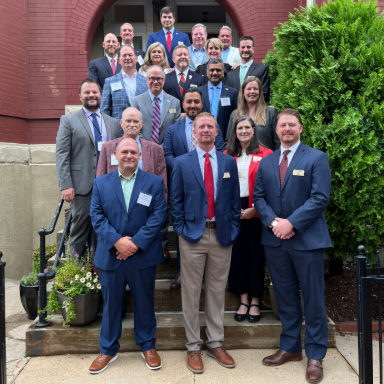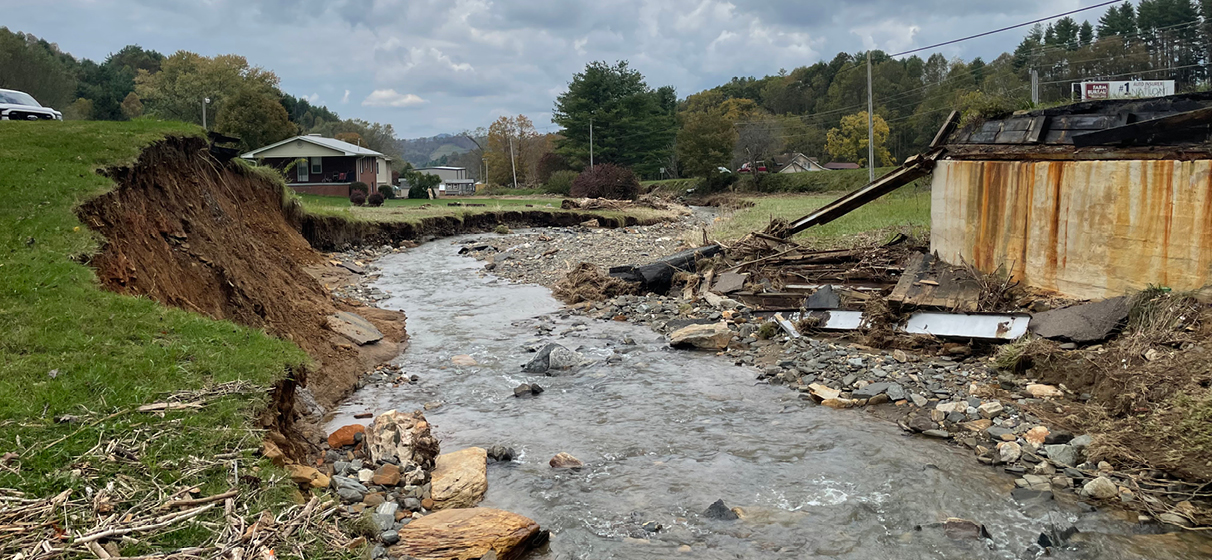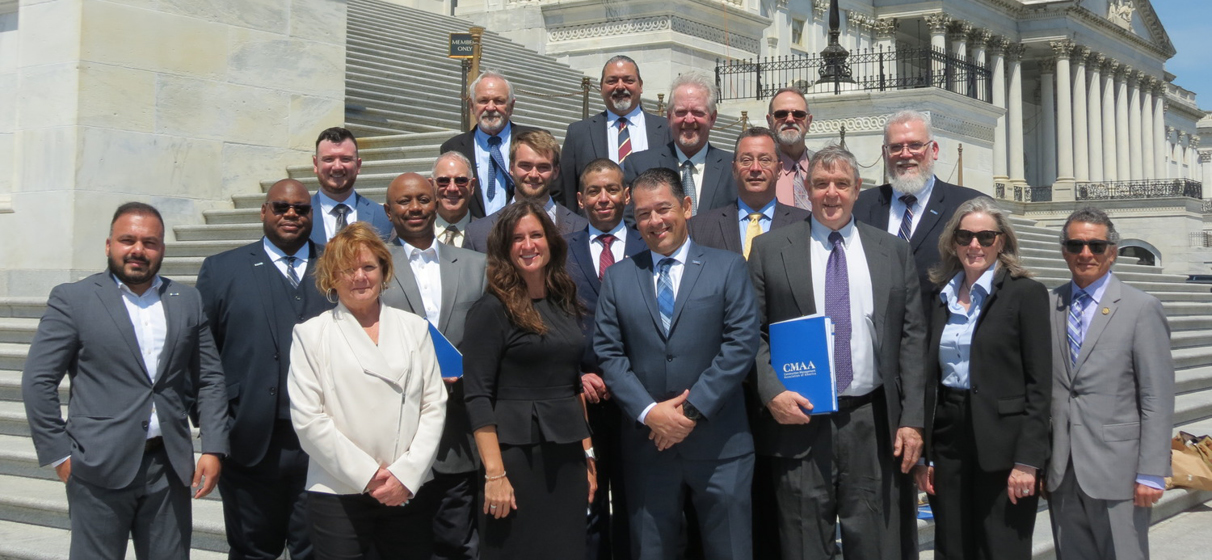When Hurricane Helene tore through western North Carolina last September, it left devastation on a scale that is hard to comprehend. Entire communities were cut off as roads collapsed, bridges washed away, and mountainsides slid into valleys. More than 100 lives were lost, and the price tag for rebuilding has climbed to nearly $60 billion. A year later, the scars remain – families still navigating detours, critical corridors awaiting repair and local economies struggling to reconnect.
Against this backdrop, I recently traveled to Washington, D.C., on behalf of the American Council of Engineering Companies of North Carolina (ACEC/NC). Our mission was straightforward but crucial: to meet with our North Carolina congressional delegation and highlight the progress already made and the continued need for investment in North Carolina’s infrastructure. While Hurricane Helene recovery was at the forefront, we understand the importance of maintaining funding to advance the state’s broader transportation program.
This visit went beyond policy. All of us live and work in North Carolina. We see the faces behind the statistics. Our job as engineers and advocates is to make sure those communities have the resources to rebuild – not just what was lost, but something stronger, safer and more resilient.
What Was the Impact of Hurricane Helene on North Carolina’s Infrastructure?
The statistics from Hurricane Helene only underscore the urgency of the recovery effort. The storm’s record rainfall washed away entire corridors and overwhelmed mountain communities. Across western North Carolina, the damage included:
- 9,200 damaged sites, stretching across nearly two dozen counties.
- 837 bridges and 912 culverts impacted, with at least 100 bridges requiring full replacement.
- More than 1,400 roads closed at the storm’s peak, isolating families, first responders and businesses.
- An estimated $59.6 billion is needed to restore and strengthen the transportation network fully.
The footprint of this destruction is almost unimaginable. The area of North Carolina devastated by Helene is roughly the size of the entire state of Maryland. Rebuilding is not just about replacing what was lost – it means stabilizing slopes, reconstructing roadways from the ground up and designing infrastructure that can withstand the next storm in one of the most rugged landscapes in the eastern United States.
What Progress Has Been Made and What Challenges Remain?
There has been meaningful progress. The North Carolina Department of Transportation (NCDOT) and its partners have worked tirelessly to reopen more than 90% of the roads initially closed by the storm. Temporary bridges have been installed, debris cleared, and emergency repairs made.
That momentum has only grown – just last week, the federal government announced an additional $1.15 billion in emergency relief funding for NCDOT, the largest single allocation in the Federal Highway Administration’s history. This historic investment is a testament to how seriously federal leaders are taking Helene’s recovery, and it provides much-needed resources to keep repair efforts moving forward.
Even with these successes, challenges remain. In our conversations with congressional leaders, it became clear that regulatory processes – particularly holding even small driveway projects to the same National Environmental Policy Act (NEPA) regulations – are slowing the delivery of needed projects. No one disputes the importance of environmental stewardship. Still, when washed-out bridges prevent fire trucks from reaching neighborhoods or residents from accessing healthcare, timelines must reflect the situation’s urgency.
A Project That Shows the Way
One recovery project we are especially proud of is the emergency repair of critical infrastructure damaged by Helene along US 74A, NC 9 and US 64 in Henderson and Rutherford Counties between Chimney Rock and Bat Cave. STV, in partnership with Wright Brothers Construction, is leading this FEMA-funded progressive design-build project – the first ever awarded in North Carolina. This approach enables faster delivery, more collaboration and a stronger outcome for the community.
This project proves what can happen when federal funding, state leadership and innovative delivery methods align. But it’s also a reminder that far more remains to be done. Thousands of bridges, culverts and roadways across western North Carolina are still awaiting repair or replacement.
How NCDOT Funding Matters for Recovery and Future Resilience
That’s why advocacy needs to extend beyond the federal level. A key part of this process is ensuring that NCDOT remains fully resourced to oversee recovery while delivering on its broader mission to keep the state’s infrastructure moving forward.
ACEC/NC is committed to advancing this dual advocacy: calling on Congress to sustain and streamline FEMA resources while urging state leaders to maintain robust funding for NCDOT. Both are essential if North Carolina is going to rebuild stronger than before.
Hurricane Helene’s devastation will be felt for years, but the recovery also presents an opportunity. With the right mix of federal support, state capacity and innovative partnerships, we can replace what was lost with generational infrastructure.
At STV, we are proud to join NCDOT, ACEC/NC, and our industry peers in this effort. Projects like the reconstruction of US 74A, NC 9 and US 64 show that progress is possible. Now, it’s up to us – engineers, policymakers and communities alike – to ensure the momentum continues.








